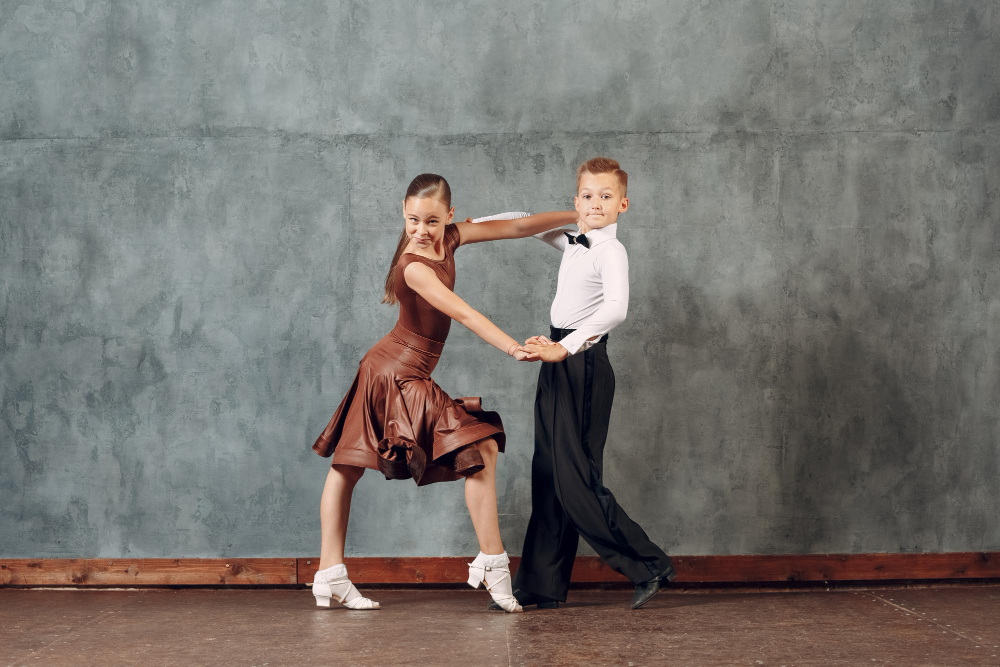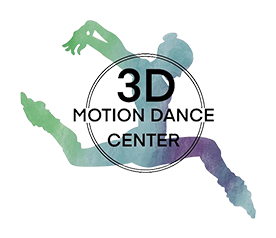Master Ballroom Dancing: Essential Dos and Don'ts for Beginners

Ballroom dancing combines elegance, athleticism, and artistry into one captivating form of expression. Whether you're preparing for your wedding dance, looking to improve your social skills, or simply wanting to try something new, understanding the fundamental dos and don'ts can make the difference between stumbling through steps and gliding gracefully across the floor.
Many beginners feel intimidated when they first step into a ballroom dance class. The good news? Every professional dancer started exactly where you are now. By following these essential guidelines, you'll build a strong foundation that will serve you well as you progress through your dance journey. These tips will help you avoid common mistakes, develop proper technique, and most importantly, enjoy the learning process.
Essential Dos for Ballroom Dance Success
Do Focus on Your Posture
Good posture forms the backbone of every ballroom dance style. Keep your shoulders back, chest lifted, and core engaged. Your head should be held high with your chin parallel to the floor. This alignment not only looks elegant but also helps with balance and movement flow.
Proper posture also affects your partner's ability to lead or follow effectively. When you maintain good posture, you create a stable frame that allows for clear communication between partners. Practice standing against a wall for a few minutes each day to develop muscle memory for correct alignment.
Do Listen to the Music
Ballroom dancing is about more than just executing steps—it's about interpreting music through movement. Spend time listening to different ballroom genres like waltz, foxtrot, tango, and cha-cha. Each style has its own rhythm, tempo, and musical characteristics.
Start by clapping or tapping your foot to the beat before adding dance steps. This helps develop your musical timing and makes your dancing look more natural and expressive. Remember, the music should guide your movement, not the other way around.
Do Practice Basic Steps Regularly
Master the fundamentals before attempting advanced moves. Each ballroom dance has basic step patterns that form the foundation for more complex combinations. Practice these basics until they become second nature.
Set aside time for solo practice at home. You don't need a partner to work on your individual technique, footwork, and timing. Use online tutorials or practice along with music to reinforce what you learn in class.
Do Communicate with Your Partner
Clear communication makes partnering enjoyable and safe. If you're learning to lead, provide gentle but confident guidance through your frame and body movement. If you're learning to follow, stay connected to your partner's signals while maintaining your own balance and posture.
Don't hesitate to verbally communicate during practice sessions. Ask questions, provide feedback, and work together to solve challenges. Remember that both partners are learning, and patience goes a long way.
Do Wear Appropriate Attire
Proper attire enhances your dance experience and prevents injury. Choose clothes that allow for easy movement without being too loose or restrictive. For shoes, leather soles are ideal as they allow for smooth gliding and turning on most dance floors.
Avoid rubber-soled shoes, which can stick to the floor and cause injury during turns. Ladies should choose heels they can comfortably balance in, while men should opt for dress shoes with smooth soles.
Critical Don'ts to Avoid
Don't Look Down at Your Feet
One of the most common beginner mistakes is constantly watching your feet. This habit destroys your posture, affects your balance, and prevents you from connecting with your partner and the music. Trust your muscle memory and keep your eyes up.
Instead, focus on a point at eye level across the room. This helps maintain proper head position and allows you to be more aware of your surroundings and partner. Your feet will find their way once you've practiced the patterns enough.
Don't Rush the Learning Process
Ballroom dancing requires time, patience, and consistent practice to master. Trying to learn too many moves too quickly often leads to poor technique and frustration. Focus on quality over quantity in your learning approach.
Take time to perfect each element before moving on to the next. Your instructor will guide you through progressions at an appropriate pace. Trust the process and celebrate small victories along the way.
Don't Neglect Your Individual Technique
While partner connection is important, don't forget to develop your individual skills. Each partner needs to maintain their own balance, timing, and technique. Relying too heavily on your partner creates an unbalanced and uncomfortable dancing experience.
Work on your individual footwork, body movement, and styling. Strong individual technique actually improves your ability to connect with different partners and adapt to various leading or following styles.
Don't Force Movements
Ballroom dancing should flow naturally and feel comfortable. Forcing movements or using excessive tension creates jerky, uncomfortable dancing for both partners. Focus on smooth, controlled movements that work with your body's natural mechanics.
If a movement feels forced or uncomfortable, ask your instructor for modifications or alternative approaches. Every body is different, and good instruction adapts to individual needs and limitations.
Don't Compare Yourself to Others
Every dancer progresses at their own pace based on their background, natural ability, and practice commitment. Comparing yourself to other students can be discouraging and counterproductive. Focus on your own improvement and celebrate your progress.
Some students may pick up certain elements faster while struggling with others. Use your classmates as motivation and learning opportunities rather than sources of comparison. A supportive dance community benefits everyone.
Building Confidence on the Dance Floor
Confidence develops through preparation and practice. The more comfortable you become with basic techniques and patterns, the more you'll enjoy your dance experience. Start with simple combinations and gradually build complexity as your skills improve.
Remember that everyone makes mistakes while learning. Professional dancers didn't become smooth and confident overnight. Embrace the learning process, laugh at your mistakes, and keep practicing. Your confidence will grow with each class and practice session.
Social dancing events and practice parties provide excellent opportunities to apply what you've learned in a relaxed environment. These events help you adapt to different partners, music styles, and floor conditions while building your confidence.
Start Your Ballroom Dance Journey Today
Ballroom dancing offers physical exercise, mental stimulation, social interaction, and artistic expression all in one activity. By following these essential dos and don'ts, you'll build a strong foundation for years of dancing enjoyment.
Remember that every expert was once a beginner. The key is to start with proper instruction, practice regularly, and maintain a positive attitude throughout your learning journey. With dedication and the right guidance, you'll soon discover the joy and satisfaction that ballroom dancing brings.
If you're looking for a dance studio in Apopka, FL, contact 3D Motion Dance Center today to sign up for a class. Their experienced instructors will help you master these fundamental principles while creating a supportive and enjoyable learning environment.
